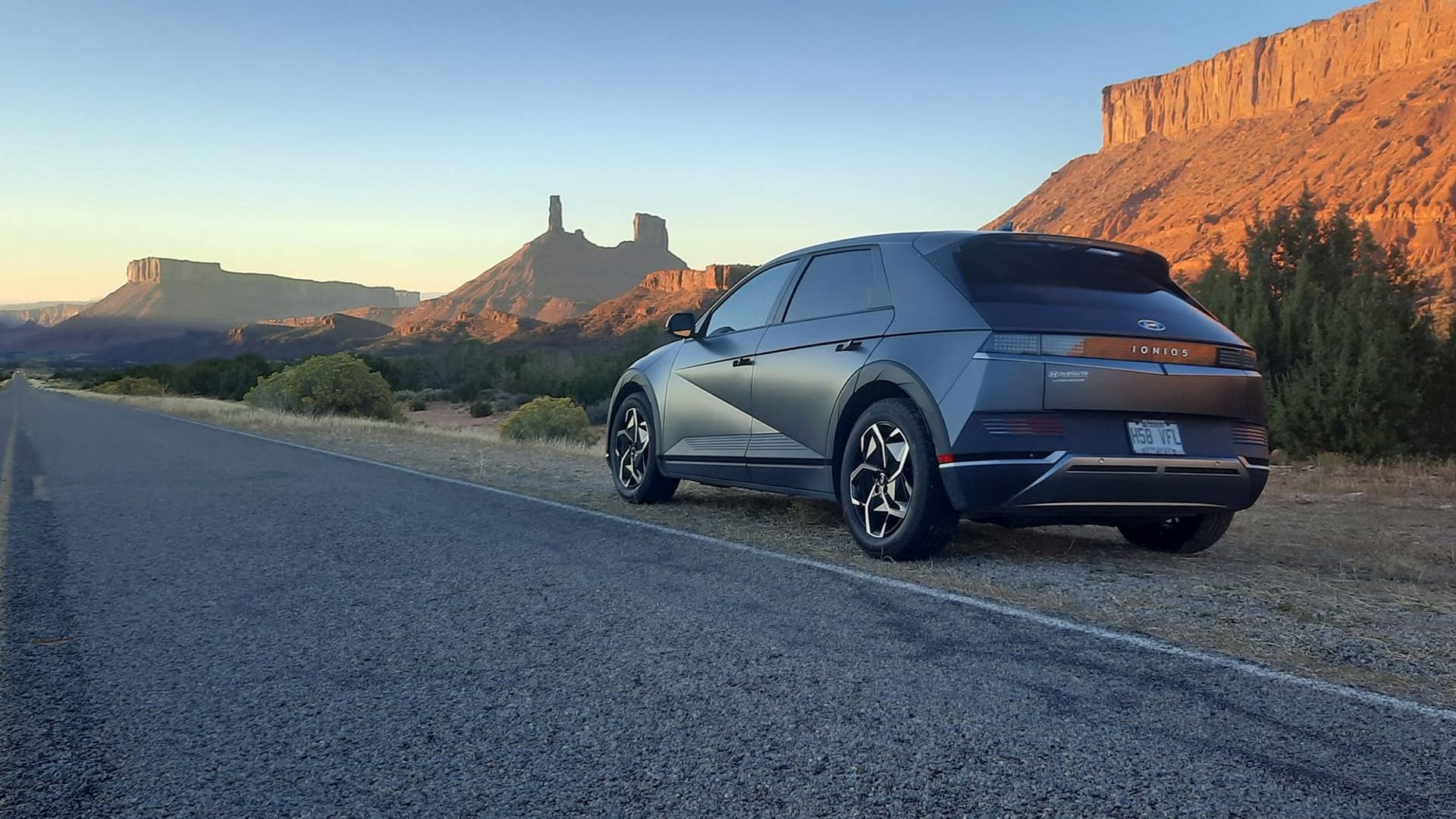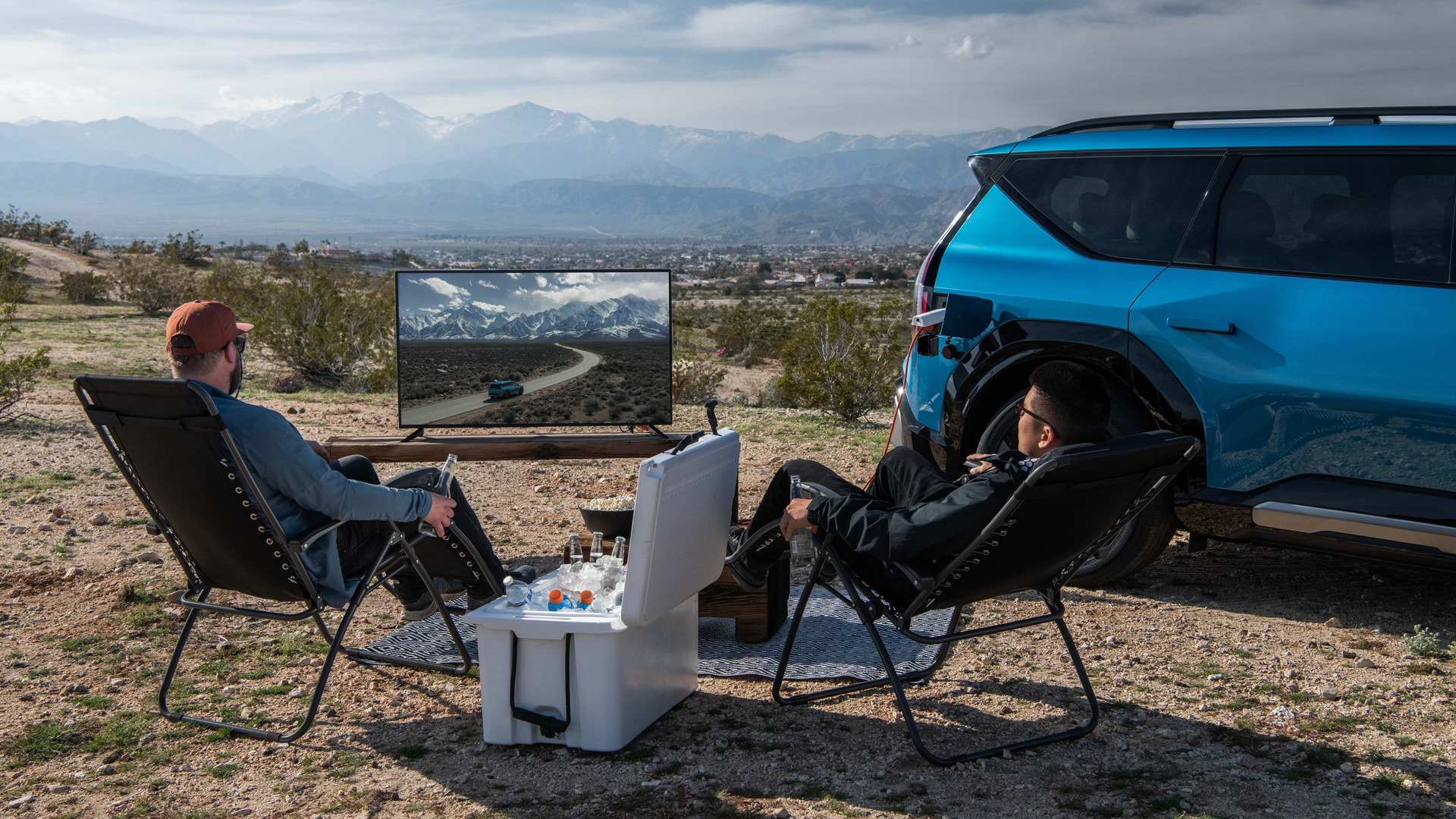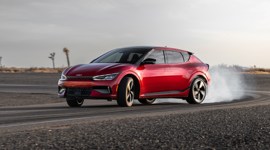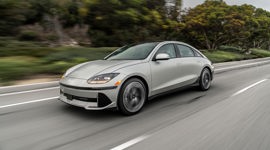The dream of taking an extended road trip in a battery-electric car has never been more of a reality for many Canadians. Thanks to a broader range of new electric vehicles that offer as much or more interior passenger and cargo room as internal combustion engine (ICE) vehicles, plus advances in electric powertrains that deliver more range and quicker charge times, the idea of road-tripping an emissions-free EV is more feasible than ever before.
Of course, just like the need to prepare before hitting the open road in a gas-powered car, you'll need to do a bit of planning to make your EV road trip as carefree as possible.

How Far Can I Drive My EV?
Despite recent improvements, the driving ranges for EVs still need to catch up compared to gas-powered cars. So whether you are road-tripping with a 2024 Mini Cooper SE (and its 161-kilometre electric driving range) or a Lucid Air (up to 830 km), you'll need to plan when and where to stop along your route to recharge your EV.
Canada's EV charging infrastructure is better than ever, but it still needs to match the convenience of a gas station found on nearly every highway exit or in any small town. With an average of around 740 km of range per tank of fuel, the majority of today's ICE vehicles can be driven more than double the 350 km average driving range most popular EVs offer.
"For longer road trips, EV drivers will have to be willing to change their driving habits," says Ricardo Chan, Senior Manager of Product Marketing at Hyundai Canada. "It's so easy just to go to the gas station, fill a gas-powered vehicle and then go wherever you need to." He added that more adventurous EV road trippers could be inspired by a Hyundai Canada customer who recently made a 15,700-km round trip from his home in Quebec to Mexico in their Hyundai Ioniq 5 EV.

How Do I Plan My EV Road Trip Route?
Staying within Canada, let’s say you're planning a road trip from Toronto to Montreal to visit family or friends for a long weekend. It's about a 550 km drive between the two Canadian cities, and your new EV has a range of about 350 km when its batteries are full. Plan on at least one stop to recharge on the way to Montreal and one stop on the way home to Toronto. The best way to plan for a successful trip is to use an EV travel planning app to help you map routes, find charging stations and how much it will cost, and even tell you if there's a wait to plug in.
Some EV travel apps are built into the vehicle's navigation system. "All of our EVs that we sell in Canada have a navigation system that works together with availbe chargers," says Chan. "So when you plan your EV road trip, the assistant can recommend where and when to charge."
Other apps can easily be used on a laptop or smartphone.
Popular third-party EV navigation apps include EVHotels (find hotels with charging stations), PlugShare (search for free and paid charging stations by area, network, and charging connection), and ChargeHub (tap into a community of EV owners to locate the closest public charging station, regardless of network). Google Maps also has a unique built-in feature for some EVs that lets you estimate your car's battery charge on arrival at your destination and help you select charging stations along your route.

What Do I Need to Consider at Charge Stops on My Road Trip?
With your EV road trip route set, you must prepare for the differences between stopping at a gas station and a charge station.
One downside to the rising popularity of EVs is busy charging stations. The latest 2023 Hyundai Ioniq 6 can charge 10% to 80% in less than 18 minutes when using a 350 kW DC fast charger. That performance is based on charger availability and the challenge of unreliable third-party charger service. Also, some remote charging stations require cell phone coverage to initiate a charge. Tesla owners benefit from the company's vast charger network. But the automaker has begun to offer limited charging access to non-Tesla owners, and recently, Ford, General Motors, and Volvo have announced that their future EVs will be equipped with a Tesla-compatible charging port.
Whatever charge station you stop at, your EV can become a private rest stop.
"While you're charging the car and if it's too hot or cold outside, you can stay in the car while charging, listening to some music or relaxing, using the battery system to control the temperature inside the car," says Hyundai's Chan.

Do I Need to Consider Weather Conditions When Planning My EV Road Trip?
Whether you are driving a gas- or electric-powered car—it's Canada, eh!—we recommend paying attention to our unpredictable and sometimes challenging weather conditions. And while EV ranges depend on battery efficiency, your road trip results can vary depending on the thermometer.
At external temperatures below -6.7 ℃elcius, the average EV can lose about 10% of its range and up to 40% if the heater is on. That said, EVs can exceed their maximum estimated ranges when travelling at optimal temperatures of about 21.5℃. Chan mentioned that the Ioniq 5 customer who drove to Mexico traversed the desert during the day and set up camp in his Hyundai EV at night. He slept in the car with the heat on at 20 ℃, only requiring about 10% of the battery reserves.
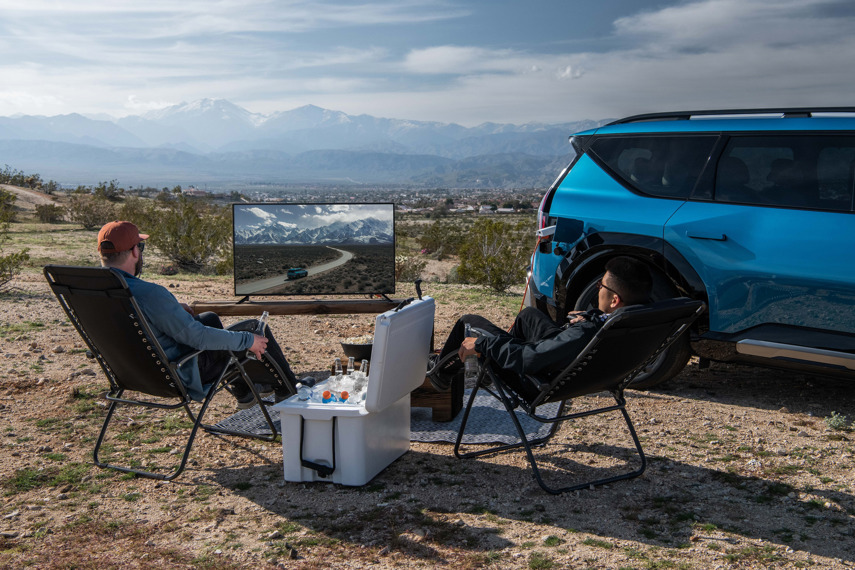
How Much Flexibility Should I Plan For My EV Road Trip?
As they say, the best-laid plans of mice and EV road trippers often go awry. If your EV road trip plans do change, or you want to head off into uncharted areas like the adventurous Hyundai EV owner, you can always change your route or find new stations.
Try to prioritize finding a Level 3 station that uses DC fast chargers. Depending on the EV, less efficient Level 2 chargers can take up to eight hours for full battery recharge and are better suited to overnight stays. Lastly, Level 1 chargers are only feasible if you stay several days in one location.
